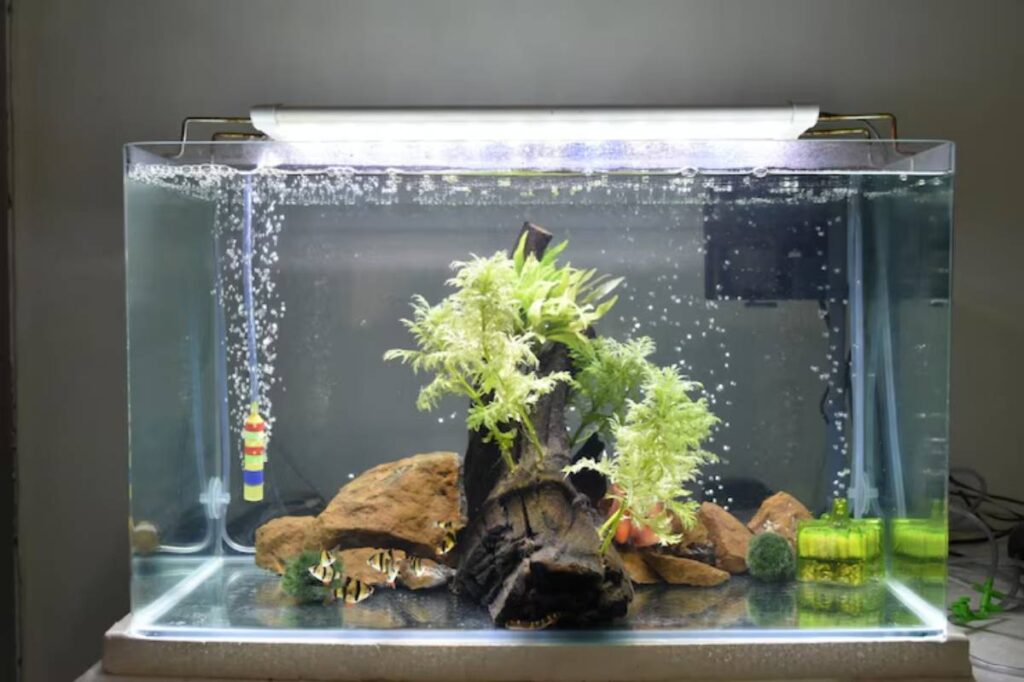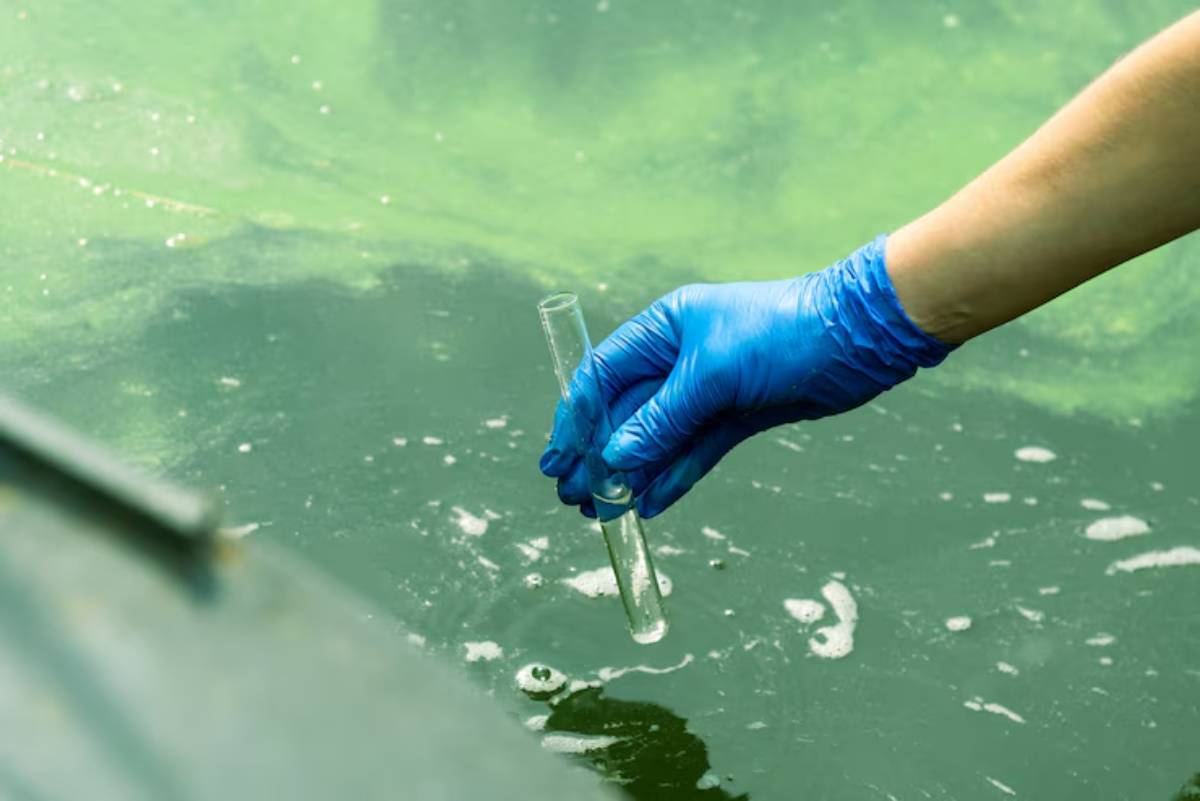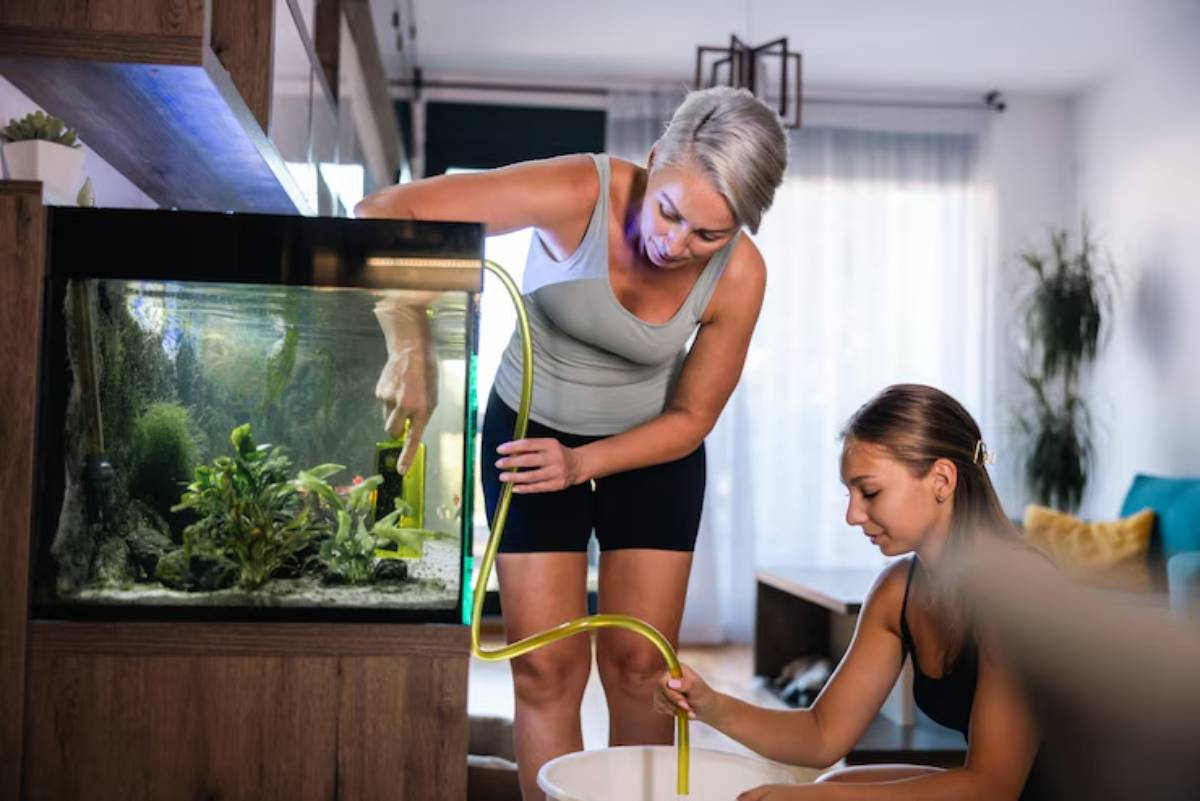The Pets Care Blog

Managing Ammonia, Nitrites, and Nitrates: Keeping Your Aquarium Toxin-Free
Have your fish ever looked off-colour, lethargic, or unusually skittish, even though the tank appears clean? The problem may lie beneath the surface, in the water you can’t see. These changes are often caused by invisible but deadly substances ammonia, nitrites, and nitrates.
Whether you’re new to fishkeeping or maintaining a mature tank, managing these fish tank toxins is essential for keeping your aquatic pets alive and well. Unchecked, they can lead to stress, illness, and even rapid fish loss. The good news? With a bit of knowledge and consistent care, water parameter control becomes second nature.
In this article, we’ll explain what these toxins are, how they affect your fish, how to detect and manage them, and most importantly — how to maintain aquarium safe levels for the long haul.
What Are Ammonia, Nitrites, and Nitrates?
Let’s start with the basics. These three toxins are part of the nitrogen cycle, the natural process that breaks down waste in your tank. Each has a different level of danger — and a different role to play.
Ammonia (NH₃)
- Origin: Fish waste, uneaten food, dead plant matter
- Toxicity: Extremely toxic — even 0.25 ppm can be harmful
- Signs of exposure: Gasping at the surface, red or inflamed gills, sudden fish deaths
Nitrites (NO₂)
- Origin: Created when bacteria break down ammonia
- Toxicity: Still toxic — affects fish’s ability to carry oxygen
- Signs of exposure: Clamped fins, brown gills, sluggish behaviour
Nitrates (NO₃)
- Origin: Final by-product of nitrite conversion
- Toxicity: Less toxic, but builds up over time
- Signs of exposure: Algae blooms, poor fish growth, long-term stress
If you’re new to this, check out our beginner’s guide on What is the Nitrogen Cycle and Why It Matters to get a full picture.
Why You Must Monitor These Parameters Regularly
You can’t smell ammonia. You can’t see nitrite. And nitrate? It’ll silently accumulate over weeks until your fish start declining.
That’s why regular testing is your best defence.
Key reasons to monitor:
- Detect spikes before they become fatal
- Understand how feeding or cleaning affects your tank
- Catch mini-cycles (when bacterial colonies crash)
- Adjust water change routines based on real data
Testing weekly is best — and essential after introducing new fish, medicating your tank, or doing major cleaning.
Safe Water Levels for Aquariums
Every tank is different, but these are the generally accepted safe ranges for freshwater fish tanks.
| Parameter | Safe Range | Danger Zone |
| Ammonia | 0 ppm | > 0.25 ppm |
| Nitrites | 0 ppm | > 0.25 ppm |
| Nitrates | < 40 ppm | > 80 ppm |
Fish can survive short spikes, but the lower these values, the healthier your ecosystem will be.
How to Test for Ammonia, Nitrites, and Nitrates
Using a reliable water test kit is key. Liquid test kits offer the best accuracy.
Step-by-step:

- Draw tank water into a clean test tube.
- Add the reagent drops (shake well beforehand).
- Wait the specified time (usually 5 minutes).
- Compare against the colour chart in good lighting.
- Record your results in a log.
For an in-depth guide, visit our post on How to Test Aquarium Water Correctly.
Causes of Toxin Spikes in Aquariums
Wondering where the toxins are coming from? It’s often a combination of simple, everyday things.
Common culprits:
- Overfeeding: Leftover food breaks down into ammonia
- Overstocking: More fish = more waste
- Infrequent water changes: Nitrates build up over time
- New tank syndrome: A tank that hasn’t been properly cycled
- Dead fish or plants: Quickly raise ammonia if unnoticed
- Cleaning filters with tap water: Kills beneficial bacteria
Once you identify the cause, it’s easier to plan your fix.
Managing Ammonia Levels
Short-term action (emergency):
- Do a 25–50% water change immediately
- Stop feeding for 24–48 hours
- Add a water conditioner that detoxifies ammonia (e.g. Seachem Prime)
- Increase aeration with an air stone or an adjusted filter outlet
Long-term prevention:
- Cycle your tank properly before adding fish
- Feed sparingly, once a day, in portions they can eat in under 2 minutes
- Check for dead plants or animals during each clean
Live plants can also help by absorbing ammonia and providing extra oxygen.
Reducing Nitrites Safely
Immediate steps:
- Partial water change of at least 25%
- Add aquarium salt (1 tsp per 10 litres) — this helps fish gills handle nitrite toxicity
- Use a water conditioner that binds nitrites
Long-term strategy:
- Ensure your biological filter is strong — don’t rinse media in tap water
- Add beneficial bacteria (bacteria boosters like Stability or API Quick Start)
- Avoid cleaning all filter parts at once
Patience is key. Nitrites may linger longer than ammonia during the cycling phase.
Keeping Nitrates in Check
Nitrates are less toxic but must still be managed. Long exposure to high levels causes chronic stress, poor growth, and algae problems.
Best nitrate control tactics:
- Regular water changes (25–30% weekly)
- Add live plants (e.g. hornwort, water sprite, java fern)
- Avoid overstocking your tank
- Use nitrate-absorbing media (like Seachem Matrix or Purigen)
- Vacuum the substrate to remove waste buildup
In well-established tanks, nitrates can creep up quietly — don’t let them sneak past 40 ppm.
The Role of Biological Filtration
Your tank’s bacteria do the heavy lifting. They live in your filter media, gravel, and decorations, converting ammonia → nitrite → nitrate.
Protect these bacteria by:
- Never rinsing filter media in chlorinated tap water
- Avoiding total filter overhauls — clean gently every 4–6 weeks
- Using sponge filters or bio-rings to give bacteria more surface area
The healthier your bacteria, the less manual intervention you’ll need.
What to Do When Things Go Wrong
Let’s say your test shows a nitrite spike, your fish are panting, and the tank smells odd. Don’t panic — act methodically.
Emergency response checklist:

- Water change (25–50%)
- Check for dead fish or decay
- Stop feeding temporarily
- Test again in 24 hours
- Dose with water conditioner if needed
- Add air stones for extra oxygen
Correcting the cause prevents it from happening again.
Keeping a Long-Term Testing Routine
Monitoring your tank regularly makes toxin control easier. Start a log in a journal or app, and record.
- Date and time
- Ammonia, nitrite, and nitrate levels
- pH (optional but helpful)
- Notes on fish behaviour or tank changes
Over time, you’ll notice trends — like how quickly nitrates rise or how your tank responds to certain foods or plants.
Conclusion: Build Balance, Not Just Beauty
Caring for an aquarium is about more than a pretty display — it’s about creating a safe, thriving world for your fish. And the foundation of that world lies in how well you manage ammonia, nitrites, and nitrates.
By staying on top of your water parameter control, testing regularly, and making informed adjustments, you’ll build a tank that not only looks good but sustains healthy fish for years to come.
Ready to get serious about water quality? Start tracking your levels today, fine-tune your maintenance routine, and share your experience in the comments below. Your fish will thank you — and so will your future self.









